
How to Find the Name of a Snake I Found. Discovering wildlife in your yard, home or anywhere else your path may take you can be exciting. In the case of snakes, however, identifying what you've found can be a question of safety as much as of curiosity; you should be extremely careful not to handle a snake of unknown species until after determining it is not venomous. Fortunately, many tools are available to assist you in finding the name of a snake you've found.
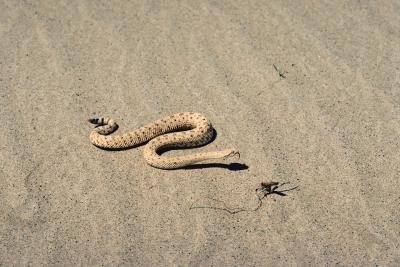
Take a picture of the snake. Don't trust your memory to recall the details of its head shape, coloring, markings, etc.; get as close as you safely can, use your camera's zoom function, and take a photograph. Try to capture the snake from a variety of angles, and take close-ups of its markings, head and other identifying features.
Make an observation list about the snake. After photographing it, jot down anything you might notice about the snake or its actions. How long is it? How thick is it? Where did you find it -- in the grass, woods, on the beach or in the water? How does it move -- in a straight line or from side to side? Look for unusual identifiers which may make the identification process move more quickly, which most often comes in the form of an unusual head shape (like the upturned nose of the Hognose Snake) or marking.
Choose and use an identifying resource. The simplest may be an Internet search; use a database of snake types and filter according to your snake's attributes, or do a simple search for "type of snake" and helpful, identifying words, like "striped," "green," and "North Dakota." You may also be able to find the snake quickly using resources specific to your location, like "South Carolina snakes." If you don't have Internet access, many books are available which can assist you in identifying your snake -- although this process will be more time consuming.
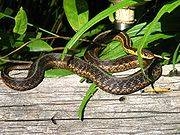 How to Identify the Sex of a Snake
How to Identify the Sex of a Snake
How
How to Identify the Sex of a Snake
How to Identify the Sex of a Snake
How
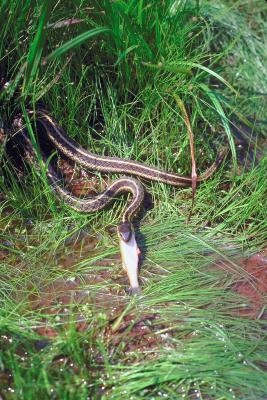 How to Hold a Wild Garter Snake
How to Hold a Wild Garter Snake
How to
How to Hold a Wild Garter Snake
How to Hold a Wild Garter Snake
How to
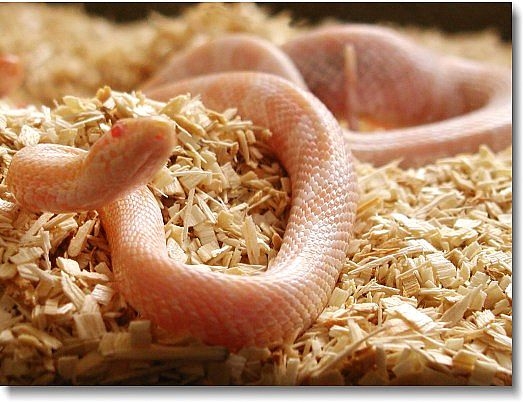 How to Make a Home Made Live Snake Trap (for Small-medium Snakes)
How to Make a Home Made Live Snake Trap (for S
How to Make a Home Made Live Snake Trap (for Small-medium Snakes)
How to Make a Home Made Live Snake Trap (for S
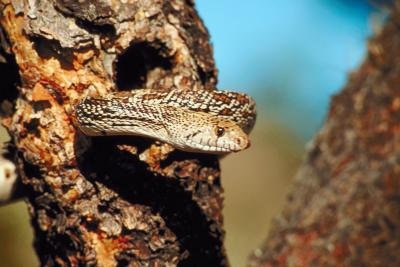 How to Catch Bull Snakes
How to Catch Bull Snakes
How to Catch
How to Catch Bull Snakes
How to Catch Bull Snakes
How to Catch
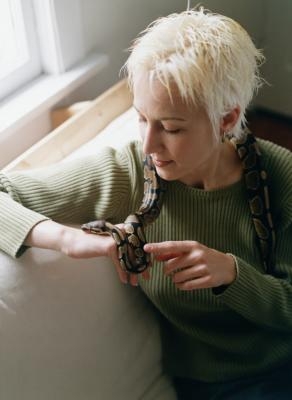 How to Get a Snake Out of Hiding
How to Get a Snake Out of Hiding
How t
How to Get a Snake Out of Hiding
How to Get a Snake Out of Hiding
How t
Copyright © 2005-2016 Pet Information All Rights Reserved
Contact us: www162date@outlook.com